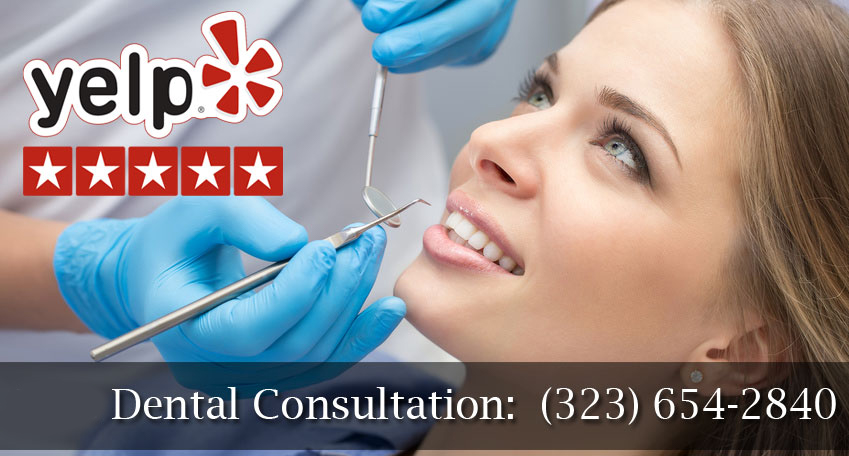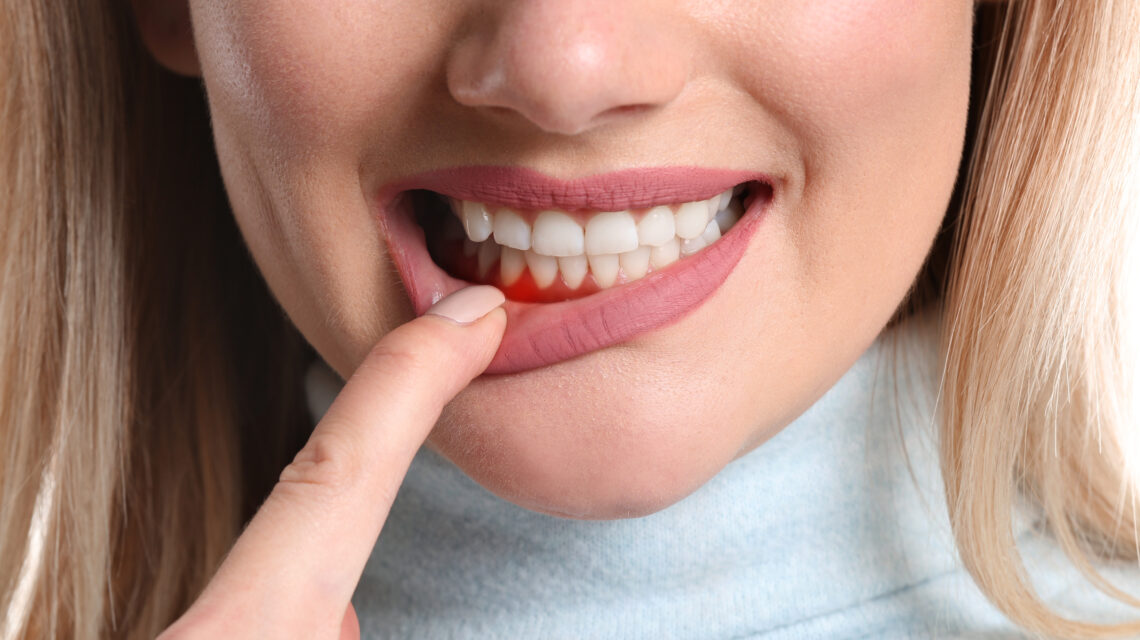Gum bone loss, a significant concern in dental health, can lead to various problems such as loose teeth and a weakened jaw structure. In this article, we delve into the causes, symptoms, and treatments of gum bone loss, providing valuable insights for better oral health.
Causes of Gum Bone Loss: Delving Into the Root Factors
The deterioration of the jawbone and gums can stem from several factors. Periodontal disease, primarily caused by plaque build-up, leads to severe gum infections. Tooth loss, whether through extraction or natural processes, diminishes the stimulation necessary for maintaining jawbone density. Accidents or injuries causing trauma to facial bones also contribute to bone health issues. Osteoporosis, particularly prevalent post-menopause, can weaken the jawbone, impacting dental stability. Lifestyle choices, such as smoking and inadequate nutrition, can accelerate bone loss in the gums.
Symptoms of Bone Loss in Gums: Identifying Early Warning Signs
Early detection of gum bone loss symptoms is crucial in facilitating timely and effective treatment, potentially preventing further oral health complications. The symptoms of gum bone loss are often subtle at first but become more noticeable as the condition progresses. Understanding these indicators is key to seeking prompt dental care.
- Receding Gums and Gaps: One of the most noticeable signs of bone loss in gums is the recession of gum tissue, which can make your teeth appear longer than normal. Along with this, gaps may start to form between your teeth, a result of the changing structure of the jawbone and loosening of teeth.
- Loose or Shifting Teeth: If your teeth begin to feel loose or you notice a change in how your teeth fit together when you bite, it could be a sign of underlying bone loss. This is often a result of the weakening of the bone structure that supports your teeth.
- Sensitivity to Temperature: Experiencing increased sensitivity to hot and cold foods or beverages can be a symptom of gum bone loss. As gums recede and more of the tooth is exposed, sensitivity can increase.
- Discomfort While Biting or Chewing: If you start to feel pain or discomfort when biting or chewing, it could indicate changes in your dental structure due to bone loss. This discomfort may be a sign that your teeth are not as firmly anchored as they used to be.
- Mouth Sores and Bad Breath: Persistent mouth sores or chronic bad breath, despite good oral hygiene, can be indicative of deteriorating gum health and underlying bone loss. These symptoms can arise from the accumulation of bacteria in the affected areas.
- Swollen or Bleeding Gums: Swelling, redness, or bleeding of the gums, especially during brushing or flossing, should not be overlooked. These symptoms often accompany gum disease, a leading cause of bone loss in the gums.
It’s important to note that in its early stages, gum bone loss may not present any discomfort, making regular dental check-ups essential for early detection. If you experience any of these symptoms, it is advisable to consult with a dental professional promptly. At West Hollywood Holistic and Cosmetic Dental Care, our experienced team is equipped to assess and address your concerns, ensuring the health and longevity of your gums and teeth.
Prevention and Treatment: Strategies for Healthy Gums
Preventing and treating gum bone loss involves a combination of diligent oral care and medical interventions. Regular oral hygiene practices, such as thorough brushing with fluoridated toothpaste and flossing, are foundational. Bi-annual dental check-ups allow for professional cleaning and early problem detection. Lifestyle adjustments, including quitting smoking and maintaining a nutrient-rich diet, play a crucial role in oral health. In cases of tooth loss, dental implants can provide necessary stimulation for bone growth. For early-stage gum disease, treatments like scaling and root planing are effective. In more advanced cases of bone loss, surgical options like bone grafting may be necessary to encourage new bone development.
Prevention and Treatment: Strategies for Healthy Gums
Maintaining healthy gums and preventing gum bone loss requires a proactive approach, combining diligent oral care routines with professional dental interventions. The goal is to not only address existing dental issues but also to prevent future problems.
- Regular Oral Hygiene Practices: The cornerstone of gum health is effective daily oral hygiene. This includes brushing teeth at least twice a day with fluoridated toothpaste, which helps strengthen tooth enamel and prevent decay. Flossing daily is equally important to remove plaque and food particles between teeth, areas that are hard to reach with a toothbrush.
- Bi-Annual Dental Check-Ups: Regular visits to the dentist for check-ups and professional cleanings are vital. These appointments allow for the removal of hardened tartar (which cannot be removed by brushing alone) and provide an opportunity for early detection of potential problems. During these visits, dentists can identify signs of gum disease or bone loss and recommend appropriate treatments.
- Lifestyle Adjustments: Lifestyle choices have a significant impact on oral health. Quitting smoking is essential, as smoking is a major risk factor for gum disease and can impede the healing process in the gums. A balanced, nutrient-rich diet supports overall health, including the health of your gums. Foods high in calcium and vitamin C, for instance, can bolster gum health and prevent bone loss.
- Dental Implants for Tooth Loss: When teeth are lost, dental implants can serve as an effective treatment option. They act as a substitute for tooth roots and are implanted directly into the jawbone, providing the necessary stimulation for bone growth and helping to prevent further bone loss.
- Scaling and Root Planing for Early-Stage Gum Disease: For those experiencing the early stages of gum disease, treatments such as scaling and root planing can be very effective. This non-surgical procedure involves deep cleaning below the gumline, removing plaque and tartar from tooth roots and helping gums to reattach to the teeth.
- Surgical Options for Advanced Bone Loss: In more severe cases where significant bone loss has occurred, surgical interventions may be necessary. Bone grafting is a common procedure used to rebuild or regenerate bone in the jaw that has been lost. This involves transplanting bone tissue to the affected area, encouraging the growth of new bone.
At West Hollywood Holistic and Cosmetic Dental Care, we are committed to helping our patients maintain optimal oral health. Our team uses state-of-the-art technology and techniques to prevent, diagnose, and treat gum bone loss. We believe in a holistic approach, considering all aspects of our patients’ health and well-being in our treatment plans.
If you have concerns about gum bone loss or wish to learn more about prevention and treatment strategies, please contact us. Our experienced dental professionals are here to provide you with personalized care and guidance, ensuring your gums and teeth remain healthy and strong.
Contact Us for More Information: Your Partners in Dental Health
At West Hollywood Holistic and Cosmetic Dental Care, we are committed to providing comprehensive dental solutions. If you’re experiencing symptoms of gum bone loss or have any oral health concerns, we encourage you to contact us. Our team of experienced dental professionals is ready to provide you with personalized care and guidance. Schedule an appointment with us to embark on your journey towards healthier gums and teeth.






